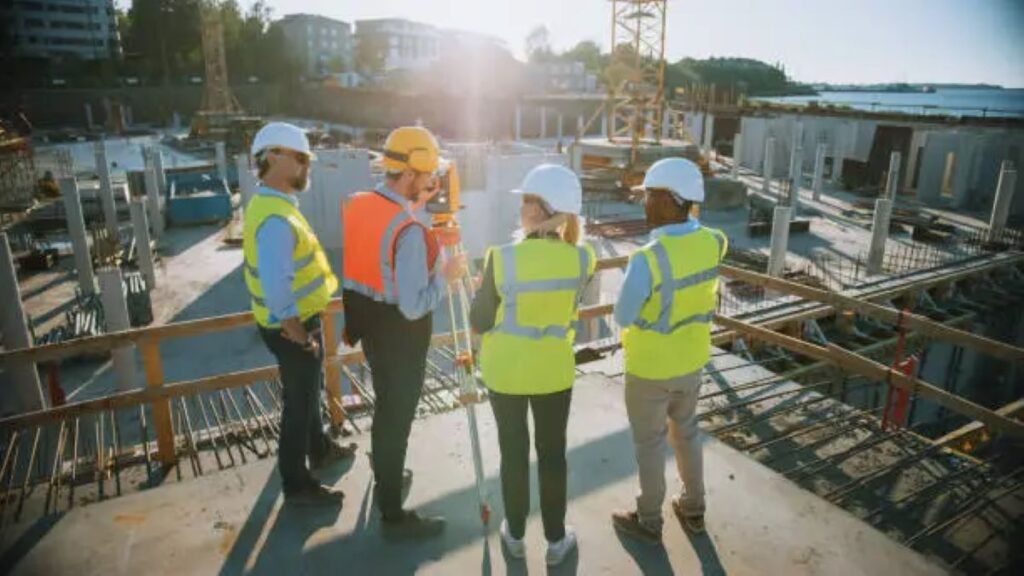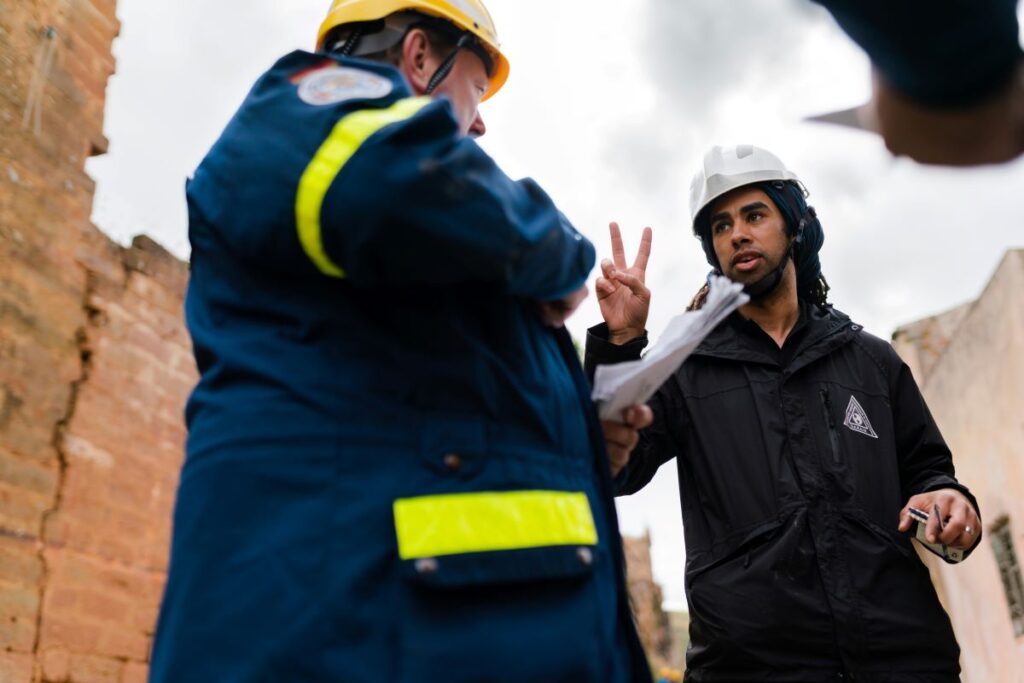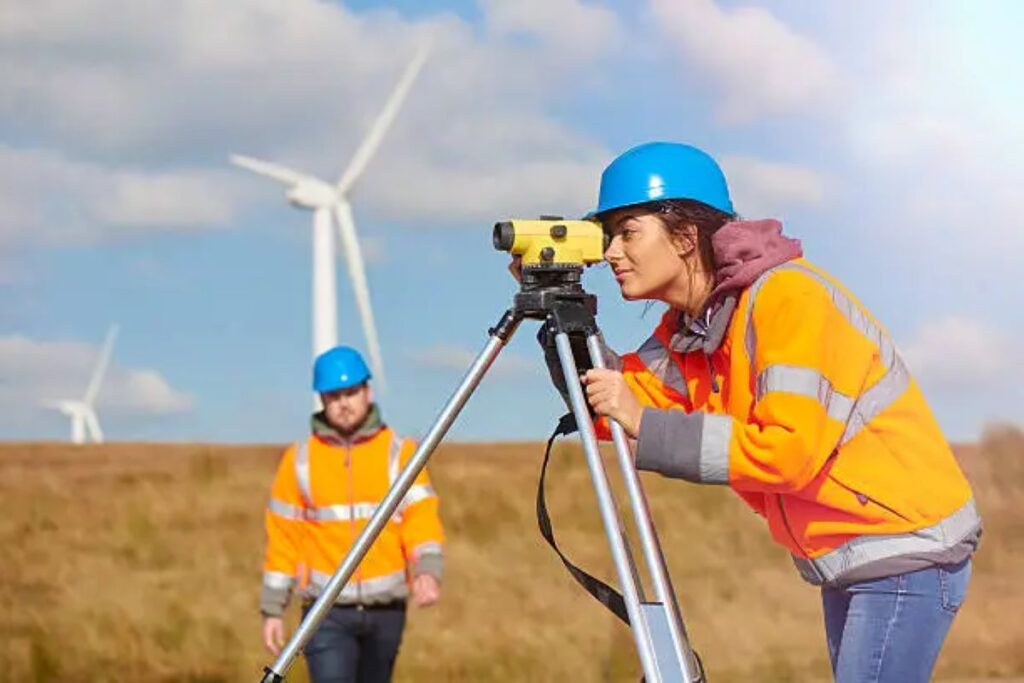Infrastructure projects are the backbone of modern society, providing essential services and connectivity that enable economic growth and community development. However, the success of these projects hinges on meticulous planning and execution, where engineering surveys play a crucial role. This article explores five compelling reasons why engineering surveys are indispensable for infrastructure projects.
1. Accurate Data Collection
Precision in Measurements
One of the primary functions of engineering surveys is to collect precise data regarding the physical characteristics of a site. This includes topographical features, existing structures, and natural elements such as rivers and vegetation. Accurate measurements are essential for engineers and architects to design infrastructure that is both functional and safe.
Without precise data, projects risk encountering unforeseen complications that can lead to costly delays and redesigns. For example, an inaccurate understanding of the terrain can result in improper foundation designs, potentially compromising the integrity of the entire structure. Furthermore, the implications of inaccurate data extend beyond immediate construction concerns; they can also affect long-term maintenance and operational efficiency. A well-founded structure, designed with precise data, is more likely to withstand environmental pressures and reduce the need for costly repairs in the future.
Comprehensive Site Analysis
Engineering surveys provide a comprehensive analysis of the site, including soil composition, drainage patterns, and environmental considerations. This information is vital for assessing the feasibility of a project and identifying any potential challenges that may arise during construction.
By conducting thorough site analyses, engineers can develop strategies to mitigate risks, ensuring that projects are completed on time and within budget. Moreover, a detailed understanding of the site allows for better resource allocation and management throughout the construction process. For instance, knowledge of soil types can inform decisions about the types of machinery to use, the depth of foundations, and even the materials that will be most effective in ensuring stability. Additionally, understanding local ecosystems and wildlife can lead to more environmentally responsible construction practices, such as preserving habitats and minimising ecological disruption, which is increasingly important in today’s context of sustainability and environmental awareness.
2. Regulatory Compliance
Adhering to Local Laws and Standards
Infrastructure projects are subject to a myriad of regulations and standards that vary by location. Engineering surveys help ensure compliance with these legal requirements, which can include zoning laws, environmental regulations, and safety standards. Failure to adhere to these regulations can result in significant fines, legal challenges, and project delays.
By engaging in thorough surveys, project managers can identify any potential compliance issues early in the planning phase. This proactive approach not only saves time and money but also fosters a positive relationship with local authorities and communities. Furthermore, understanding the local regulatory landscape can provide insights into community expectations and cultural sensitivities, which are crucial for the successful integration of infrastructure projects into existing environments. By aligning project goals with local priorities, stakeholders can enhance community support and mitigate opposition, ultimately leading to smoother project execution.
Environmental Impact Assessments
In many cases, engineering surveys are integral to conducting environmental impact assessments (EIAs). These assessments evaluate the potential effects of a proposed project on the surrounding environment, including wildlife habitats, water quality, and air pollution.
By identifying potential environmental concerns, engineers can develop strategies to minimise negative impacts, thereby enhancing the sustainability of the project. This not only benefits the environment but also improves public perception and support for the infrastructure development. Additionally, comprehensive EIAs often involve stakeholder engagement processes, allowing local communities to voice their concerns and suggestions. This participatory approach not only enriches the assessment but also fosters a sense of ownership among residents, making them more likely to advocate for the project. As a result, infrastructure projects that prioritise environmental stewardship and community involvement are more likely to succeed in the long term, creating a legacy of responsible development for future generations.
3. Enhanced Project Planning
Informed Decision-Making
Effective project planning relies on accurate and comprehensive data. Engineering surveys provide the necessary information to make informed decisions regarding design, materials, and construction methods. This data-driven approach allows for the optimisation of resources and time, ultimately leading to a more efficient project lifecycle.
For instance, understanding the geological conditions of a site can influence the choice of materials and construction techniques. By leveraging survey data, engineers can select the most suitable options that align with the project’s objectives and constraints. Furthermore, the integration of advanced technologies such as Geographic Information Systems (GIS) and Building Information Modelling (BIM) enhances the ability to visualise and analyse complex datasets, thereby facilitating more strategic planning. This technological synergy not only aids in identifying potential site-specific challenges but also fosters collaborative decision-making among multidisciplinary teams, ensuring that all aspects of the project are considered from the outset.
Risk Management
Infrastructure projects inherently involve various risks, including financial, operational, and environmental uncertainties. Engineering surveys play a critical role in identifying and assessing these risks, enabling project managers to develop effective mitigation strategies.
By understanding the potential challenges that may arise during construction, teams can implement contingency plans to address issues before they escalate. This proactive approach not only enhances project resilience but also instils confidence among stakeholders and investors. Additionally, regular monitoring and reassessment of risks throughout the project lifecycle are vital. By employing real-time data collection methods, such as remote sensing and continuous site monitoring, project teams can adapt to changing circumstances swiftly. This dynamic risk management framework not only safeguards the project’s integrity but also promotes sustainability by ensuring that environmental considerations are continuously evaluated and addressed, thereby minimising the ecological footprint of the construction activities.

4. Improved Collaboration
Facilitating Communication Among Stakeholders
Infrastructure projects often involve multiple stakeholders, including government agencies, contractors, and community members. Engineering surveys provide a common foundation of data that facilitates communication and collaboration among these diverse groups.
By sharing survey findings, all parties can align their objectives and expectations, reducing the likelihood of misunderstandings and conflicts. This collaborative environment fosters a sense of ownership and accountability, ultimately contributing to the project’s success. Furthermore, regular updates and open lines of communication can help stakeholders remain informed about progress and any potential challenges. This transparency not only builds trust but also encourages proactive problem-solving, as stakeholders feel empowered to contribute their insights and expertise throughout the project lifecycle.
Interdisciplinary Integration
Engineering surveys are not only beneficial for civil engineers but also for various other disciplines involved in infrastructure projects, such as environmental scientists, urban planners, and architects. The data gathered during surveys can be utilised across disciplines, promoting interdisciplinary integration and innovation.
This holistic approach allows for the development of more comprehensive solutions that address the multifaceted challenges of infrastructure projects. By leveraging the expertise of various professionals, projects can achieve greater efficiency and effectiveness. For instance, urban planners can use survey data to better understand traffic patterns and population density, while environmental scientists can assess the impact of construction on local ecosystems. Such collaboration can lead to the creation of sustainable designs that not only meet current needs but also anticipate future demands, ensuring that infrastructure remains resilient and adaptable in the face of changing societal and environmental conditions.
5. Long-Term Maintenance and Sustainability
Foundation for Future Developments
Engineering surveys are not only crucial during the planning and construction phases but also play a vital role in the long-term maintenance of infrastructure. By documenting the existing conditions and characteristics of a site, surveys provide a valuable reference for future developments and renovations. This foundational data can be instrumental in assessing the impacts of environmental changes over time, such as soil erosion, subsidence, or shifts in water tables, which may not be immediately apparent but can significantly affect the integrity of structures.
Regular maintenance is essential for the longevity of infrastructure, and having accurate data allows for more effective planning of maintenance activities. This proactive approach can help extend the lifespan of structures and reduce the need for costly repairs down the line. Furthermore, the integration of advanced technologies such as drones and remote sensing can enhance the effectiveness of these surveys, enabling engineers to monitor conditions in real-time and respond swiftly to any emerging issues, thus ensuring that infrastructure remains safe and functional for years to come.
Promoting Sustainable Practices
In today’s world, sustainability is a key consideration in infrastructure development. Engineering surveys can help identify opportunities for sustainable practices, such as the integration of green spaces, efficient drainage systems, and renewable energy sources. By analysing the ecological characteristics of a site, engineers can propose designs that not only meet the functional requirements but also support biodiversity and promote ecological resilience. The inclusion of features like permeable pavements and rain gardens can significantly enhance stormwater management, reducing the risk of flooding and improving water quality in surrounding areas.
By prioritising sustainability from the outset, infrastructure projects can minimise their environmental footprint and contribute to the overall well-being of the community. This not only enhances the project’s value but also aligns with the growing demand for responsible and eco-friendly development. Additionally, engaging with local communities during the planning process can foster a sense of ownership and stewardship, encouraging residents to participate in the ongoing maintenance and care of green spaces and community facilities. Such collaborative efforts can lead to more vibrant, resilient urban environments that are better equipped to face the challenges of climate change and urbanisation.

Conclusion
Engineering surveys are an essential component of successful infrastructure projects, providing accurate data, ensuring regulatory compliance, enhancing project planning, improving collaboration, and promoting long-term maintenance and sustainability. As the demand for infrastructure continues to grow, the importance of engineering surveys will only increase.
Investing in thorough engineering surveys not only mitigates risks and challenges but also lays the foundation for successful, sustainable infrastructure development. By recognising the vital role of these surveys, stakeholders can ensure that their projects are executed with precision and foresight, ultimately benefiting society as a whole.
More to Read : Engineering Surveying 101: The Role of an Engineering Surveyor

